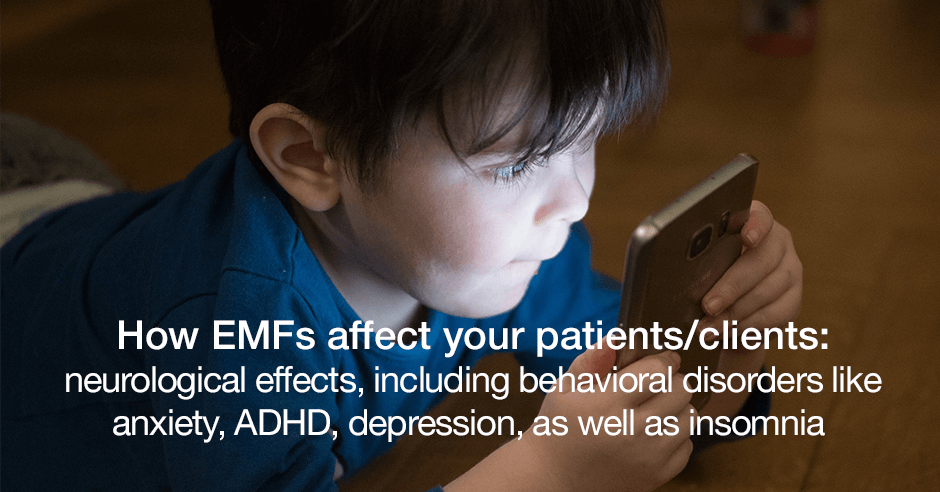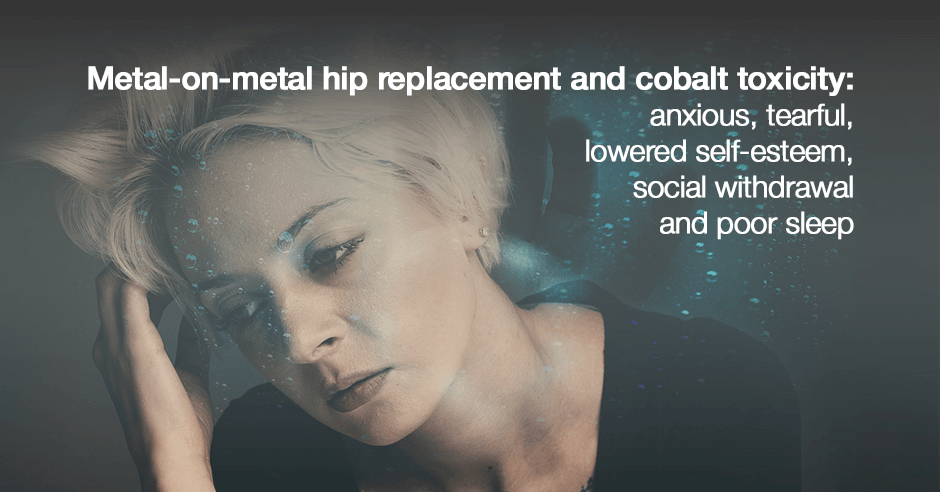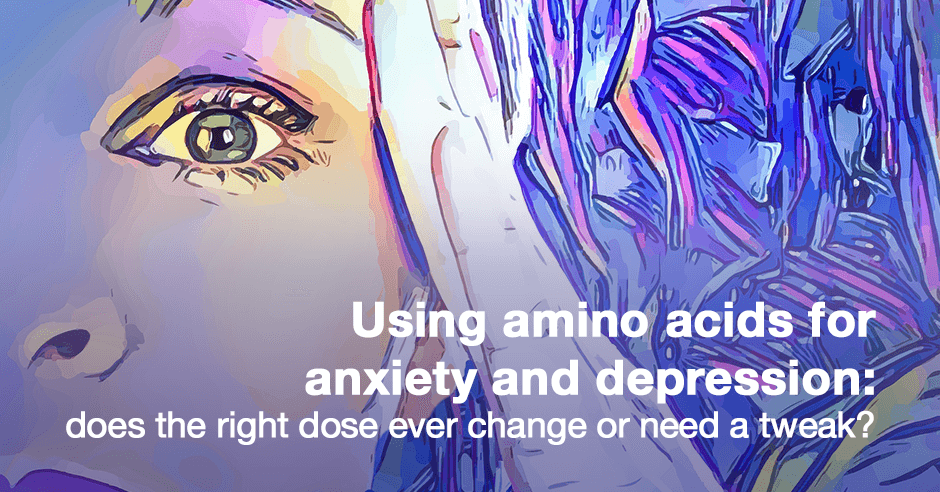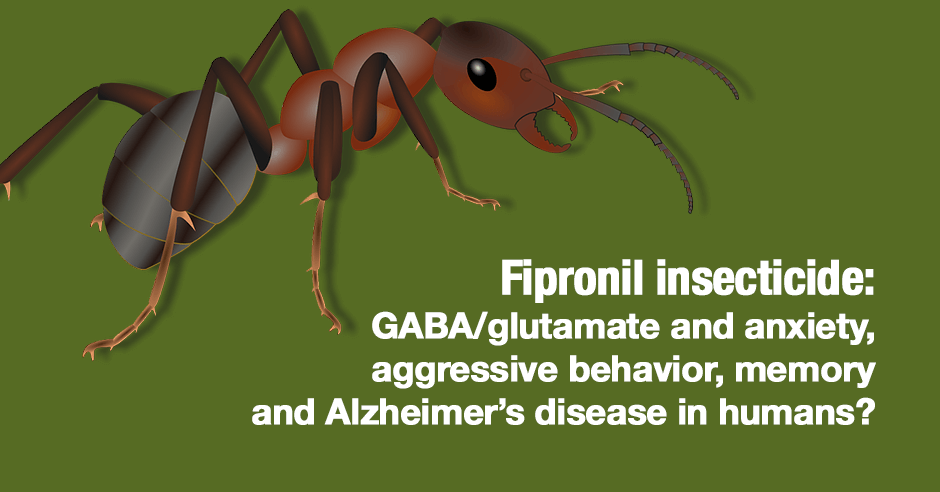
EMFs affect your patients/clients causing neurological effects, including behavioral disorders like anxiety, ADHD, depression, as well as insomnia. We can’t put our heads in the sand anymore – we need to be educating our clients/patients about the facts and teaching them that there is something they can do and must do.
I have a great deal of respect for investigative health journalist, Nick Pineault, also known as “The EMF Guy.” Nick is on a mission to create awareness and provide practical and research-based resources for practitioners. He shares this about EMF sensitivity:
According to Dr. Magda Havas from the Trent University in Toronto, at least 35% of your patients [or clients] are EMF sensitive, and suffer from EMF-related symptoms when exposed to cell phones, but also to wifi routers, cell phone towers, and many other sources of ‘electrosmog’
Nick also shares this about children and EMFs:
Children absorb twice the radiation that adults do.
What’s even more shocking is this: according to a 2015 survey, 75% of 4-year-old children own a cell phone.
The microwave radiation emitted by cell phones is a Class 2B carcinogen and has been linked with neurological effects, including behavioral disorders like anxiety, ADHD, depression, as well as insomnia – all contributing to long-term health consequences.
If you’re new to the harmful effects of EMFs it can feel overwhelming and scary. Nick has put together an easy guide where he shares the foundational knowledge every health practitioner needs to know about EMFs.
Learn the foundational science-based knowledge every practitioner in the world needs to know about EMFs inside this no-cost EMF guide: How EMFs Affect Your Patients/Clients
- The Top 10 Symptoms of EMF sensitivity (affects at least 35% of patients)
- 5 Scientific Facts proving cell phones, WiFi and other sources of EMFs are not “safe”
- 3 Easy Tips to help your patients/clients reduce their EMF exposure by 90%
- How EMFs make people more sensitive to heavy metal toxicity, mold exposure and infections
It’s a useful and concise guide and if you’re just learning about ‘EMF-sensitivity’, and aren’t sure what symptoms come with that… check out page 2 of the guide that walks through the 10 most common symptoms that you can spot right away.
If you’re already well-versed in EMFs you’ll find this guide to be a practical summary.
Nick shares this about the top 3 EMF-related symptoms:
The top 3 symptoms include excessive fatigue, poor sleep and headaches. They can be commonly caused by cell phones, but also WiFi routers, wireless phones, “smart” utility meters and many other sources of “electrosmog”…
If you’ve never seen cases of EMF sensitivity in your practice, it probably means that you’ve missed them.
If you’ve been reading my recent blogs on the topic of EMFs you’ll also be aware that EMFs play a role in neuropsychiatric symptoms and can increase anxiety and depression for many individuals. They may be contributing to chronic SIBO, oxalate problems and adrenal dysfunction too.
Dr. Klinghardt and many other doctors and health practitioners are recognizing the importance of addressing EMFs:
Patients who get better are the ones who follow my recommendations to reduce exposure to electrosmog
In this case study video you’ll learn how to identify EMF-related symptoms. It’s a must-watch!
Nick is sharing this information in advance of the re-launch of his ElectrosmogRX practitioner training (with tons of new content). If you participated in the launch of ElectrosmogRX earlier this year, you will get access to all the new material too.
Stay tuned for details about a live webinar Nick is hosting. I’ll also be doing A and Q webinar with Nick on November 9th so please submit your questions in the comments below and I’ll get them answered.
This content and training is geared to practitioners. Feel free to share with your practitioner and/or join us to learn too (on the webinar and/or asking questions)




